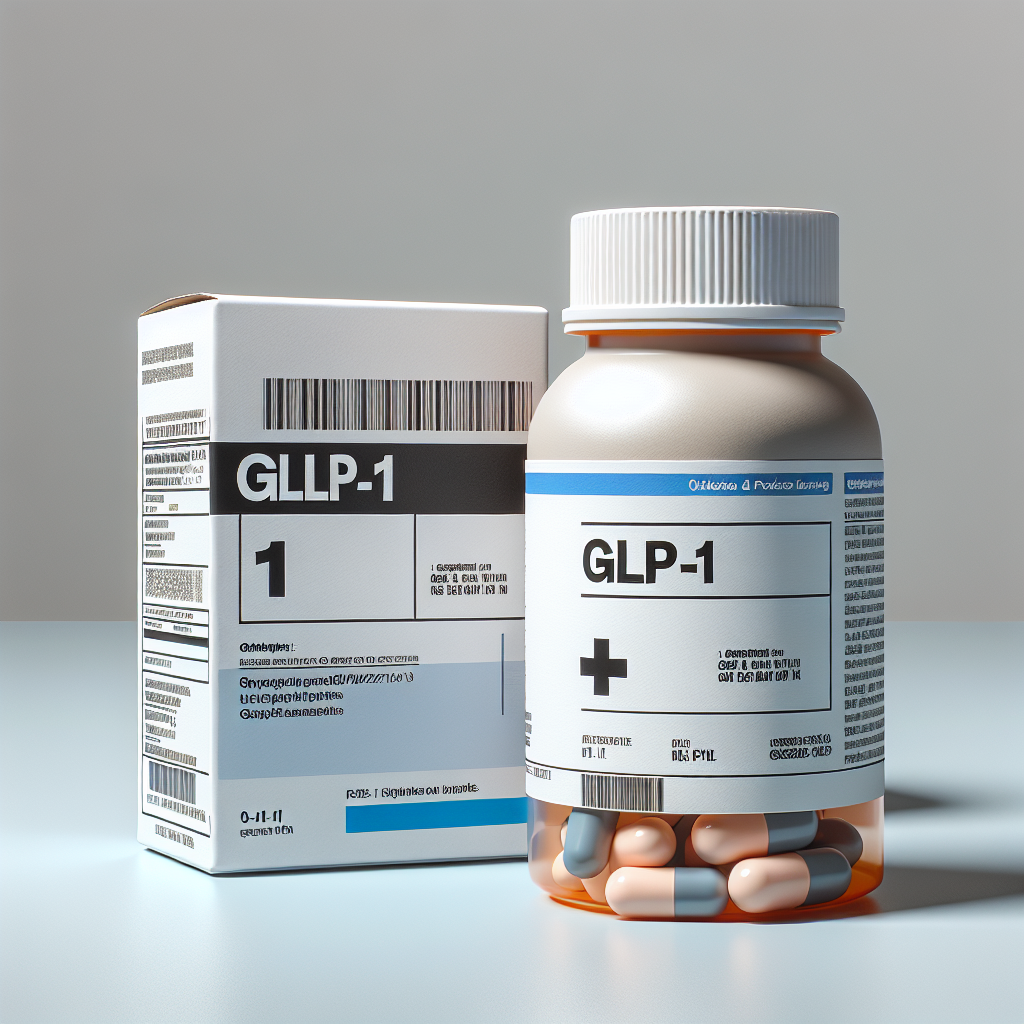The number of individuals without diabetes being prescribed GLP-1 drugs is rising, while new prescriptions for those with diabetes are decreasing, according to a study published Tuesday in the Annals of Internal Medicine.
This trend has raised concerns about potential shortages of these treatments. GLP-1 drugs mimic a hormone that regulates blood sugar and reduces appetite and were initially approved to treat type 2 diabetes. However, in 2021, the FDA approved the GLP-1 treatment Wegovy for weight loss.
Since then, companies like Novo Nordisk and Eli Lilly have struggled to produce enough GLP-1 drugs, which include Zepbound, Mounjaro, Wegovy, and Ozempic, to meet the growing demand.
Researchers from Cedars-Sinai Medical Center and other institutions analyzed the medical records of 45 million Americans from 2011 to 2023. They found that the proportion of new GLP-1 users with type 2 diabetes fell from nearly 90% to over 70% between 2019 and 2023. Conversely, the share of new GLP-1 users without type 2 diabetes rose from 10% to 25%.
“This data suggests that more healthcare providers are recognizing the benefits of these medications for treating obesity, which represents a significant public health shift,” said Yee Hui Yeo, co-first author of the study. “However, it also raises concerns about potential medication shortages and ensuring that patients with diabetes still have access to these treatments.”
The study used data from the healthcare software company TriNetX, which may not be nationally representative.
In recent years, GLP-1 drugs have gained popularity for their appetite-suppressing effects, contributing to significant weight loss. The soaring sales have transformed Eli Lilly and Novo Nordisk into the most valuable pharmaceutical companies globally, but the high demand has sometimes made it challenging for patients to get their prescriptions filled. Both companies have invested billions to scale up production.
Morgan Stanley analysts predict the global market for GLP-1 drugs could reach $105 billion by 2030. They also expect that around 31.5 million people in the U.S., approximately 9% of the population, will be using these drugs by 2035.
